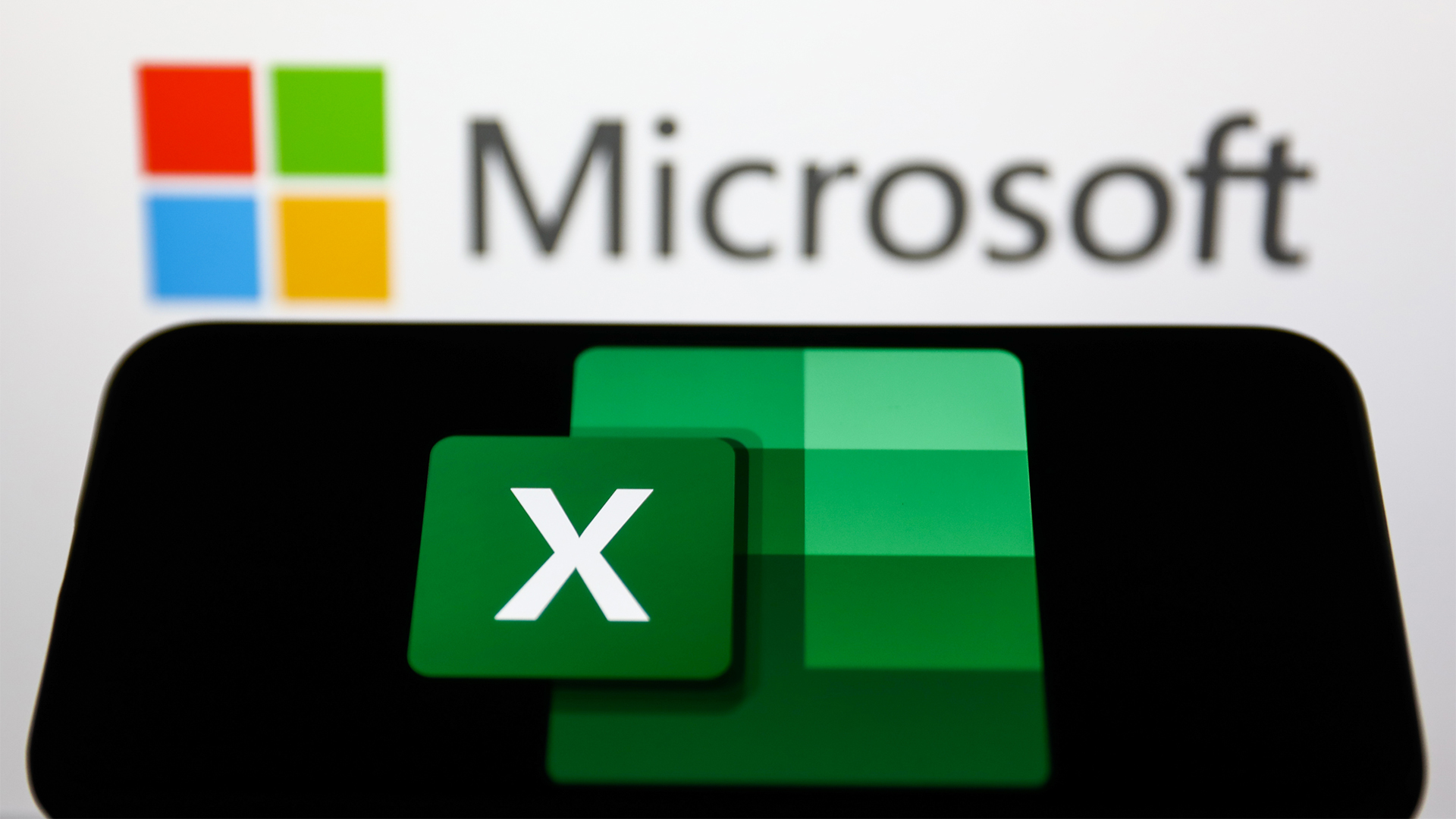HTC Desire S review
We take a look at the HTC Desire S, the company's debut Android 2.3 smartphone, to see if it has what it takes to pick up where its market-leading predecessor left off.

Overall, we were impressed with the HTC Desire S. It picks up where the original Desire left off, introducing more processing and graphics power, more RAM and even shaving some of the bulk off to save you 5g in weight. It's a good smartphone.For some, these incremental improvements won’t set any pulses racing. However it costs just £316 ex VAT SIM-free though, which is a bit cheaper than many high-end Android smartphones making it good value.On contract it's a different matter where it's available for free on a 24-month £30 a month Vodafone contract, just like the HTC Incredible S and Google Nexus S. The Incredible S is more comfortable to hold, while the Nexus S should receive immediate Android OS updates, unlike either HTC handset. If you're willing to commit to lengthy contracts, either of those two phones would be a better choice, but only just.
HTC hit the big time with its original Desire handset. The device sold by the truckload, popularised Android within professional circles and proved to be one of the most reliable phones around.
The Desire S, the Desire's Android 2.3-equipped successor, therefore has much to live up to. The plastic chassis of old has been ditched in favour of what HTC calls an "industrial design" aluminium unibody., It feels well-made without adding any additional weight or bulk. However, it doesn't feel quite as classy as the much older HTC Legend due to the creaky-feeling plastic panels surrounding the removable battery and the camera
The Desire S is also slightly lighter and more compact than the original, measuring in at 115 x 59.8 x 11.6 mm and weighting 5g less at 130g. The screen has the same size and resolution as the original's 3.7 inch 480 x 800 pixel display. It looks good enough - as long as you're not expecting iPhone 4 Retina Display levels of clarity and sharpness, you won't be disappointed.
The original Desire's physical navigation keys have been replaced by touch sensitive buttons on the Desire S. We didn't experience any issues with them during testing and while some users may protest the benefits of physical keys over virtual ones, we didn't have any problems with either responsiveness or accidental key presses.
The Desire S, unlike the upcoming batch of smartphones, doesn't have a dual-core processor. Instead, HTC has opted for a 1GHz Qualcomm MSM8255 Snapdragon processor and an Adreno 205 graphics chip, but it still made short work of everything we threw at it.
The fast processor, 768MB of RAM and the speed optimisations of Android 2.3 really do speak for themselves. Using several Android benchmarking apps the Desire S was nearly twice as fast as the original Desire and surpassed both the Nexus S and Samsung Galaxy S.
Sign up today and you will receive a free copy of our Future Focus 2025 report - the leading guidance on AI, cybersecurity and other IT challenges as per 700+ senior executives
-
 Trump's AI executive order could leave US in a 'regulatory vacuum'
Trump's AI executive order could leave US in a 'regulatory vacuum'News Citing a "patchwork of 50 different regulatory regimes" and "ideological bias", President Trump wants rules to be set at a federal level
By Emma Woollacott Published
-
 Microsoft Excel is still alive and kicking at 40 – and it's surging in popularity as 82% of finance professionals report ‘emotional attachment’ to the spreadsheet software
Microsoft Excel is still alive and kicking at 40 – and it's surging in popularity as 82% of finance professionals report ‘emotional attachment’ to the spreadsheet softwareNews A recent survey found Gen Z and Millennial finance professionals have a strong “emotional attachment” to Microsoft Excel
By Emma Woollacott Published
-
 LastPass hit with ICO fine after 2022 data breach exposed 1.6 million users – here’s how the incident unfolded
LastPass hit with ICO fine after 2022 data breach exposed 1.6 million users – here’s how the incident unfoldedNews The impact of the LastPass breach was felt by customers as late as December 2024
By Emma Woollacott Published